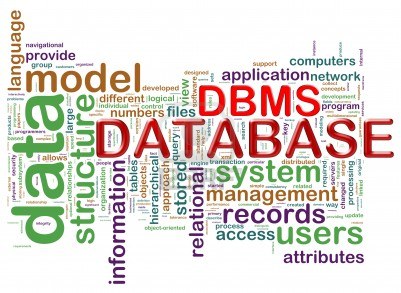Hello Aspirants,as we all know only few days are left for IBPS SO exam.So, we are starting a new series ” Gem points ” in this regard.learn them by heart.Share and discuss in comment section.We will gear up level day by day starting from very basics.So,Put your Seatbelts on and join us in the journey to be a specialist officer.
Oracle 9i:
* Oracle 9i is an Object/Relational Database Management System specifically designed for e-commerce.
* Oracle 9i, a version of Oracle database. The letter “i” refers to the internet.
* It can scale ten thousands of concurrent users.
* It includes Oracle 9i Application server and Oracle 9i Database that provide a comprehensive high-performance infrastructure for Internet Applications.
* It supports client-server and web based applications.
* The maximum Database holding capacity of Oracle 9i is upto 512 peta bytes(PB).[1 Peta Byte = 1000 Tera Byte]
* It offers Data warehousing features and also many management features.
* We can set primary key on table up to 16 columns of table in oracle 9i as well as in Oracle 10g.
* The maximum number of data files in Oracle 9i and Oracle 10g Database is 65,536.
Oracle 9i Application Server (Oracle9iAS)
Oracle9iAS is the only application server to include services for all the different server applications.
It can run business intelligence applications, Java transactional Applications, portals and websites.
Oracle 9i Database
It can manage the traditional structured data as well as the unstructured data like Word documents, spread sheets, power point presentations and Multimedia data.
Features of Oracle 9i:
* Scalability and Reliability
* One management interface for all applications
* Single development model and easy deployment options
* Common skill sets
* Secure Architecture
* Real Application Cluster (RAC)
Real Application Cluster (RAC)
RAC is a mechanism that allows multiple instances on different hosts/nodes to access the same database.
Benefits of RAC: It provides more memory resources, since more hosts are being used; If one host gets down, then second host assumes it’s work load.
Shared pool Concept:
* Oracle uses the shared pool to cache different types of data.
* Sizing of the shared pool can reduce the resource consumption.
* Shared pool size is an important factor for Online Transaction Processing(OLTP) applications.
* The shared pool is also able to support unshared SQL in data warehousing applications.
* The features such as shared server, parallel query or Recovery Manager required for large memory allocations in the shared pool.
* Oracle Database segregates a small amount of the shared pool for large objects(Over 5KB).The segregated area of the shared pool is called reserved pool.
The main components of shared pool are
Library cache
Dictionary cache
Library cache:
The library cache stores executable forms of SQL cursors, PL/SQL programs, and Java classes.
Soft parsing or library cache hit:
When a query is submitted to oracle server for execution, oracle checks if same query has been executed previously. If found the same then this event is known as
soft parsing or library cache hit.
Hard Parsing:
If the parsed form of the statement is not found in the shared pool then new statement is parsed and its parsed version is stored in Shared SQL area. This event is known as hard parsing.
In order to perform a hard parse, Oracle Database uses more resources than during a soft parse.
Reuse of shared SQL for multiple users running the same application can avoid hard parsing.
Dictionary cache:
Information stored in the data dictionary cache includes
Usernames
Segment information
Profile data
Table space information
Sequence numbers
Benefits of shared pool:
* If the SQL statement is in the shared pool, then hard parse will be avoided which can reduce resource consumption.
* I/O is reduced, because dictionary elements that are in the shared pool do not require disk access.





